.
The 27th Day adapted from the name of the same name by John Mantley is a mostly forgotten Sci-Fi B Feature that presents an alien threat is a quite unique manner.
Five people are abducted from the Earth and given each a container with three capsules that when armed and fired have the capability to annihilate every person on the planet while leaving all other life untouched. The unnamed alien presenting these devices explains that his own 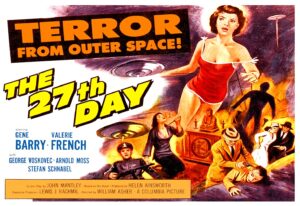 world is doomed and will soon be destroyed by a natural event. His culture’s ethical standards will not permit them to kill humanity and take the Earth as a replacement, but should humanity kill itself, then the Earth would be free for his people to use to save themselves. The five abductees, a newspaper reporting, an English woman, a Soviet solider, a Chinese Peasant woman, and a brilliant German Scientist, are under no compulsions or influence. Once returned to the Earth they may do as they will, free and unencumbered. The containers given to each of them can only be opened by its assigned person but once opened the weapons are usable by anyone. After 27 days the weapons will become inert. The abductees are then returned to the location from which they were taken. Shortly thereafter the alien hijacks all global electromagnetic communications to announce that the five have been given each a powerful weapon, naming each of the abductees and their city of residence, sending the planet into chaos, panic, and paranoia.
world is doomed and will soon be destroyed by a natural event. His culture’s ethical standards will not permit them to kill humanity and take the Earth as a replacement, but should humanity kill itself, then the Earth would be free for his people to use to save themselves. The five abductees, a newspaper reporting, an English woman, a Soviet solider, a Chinese Peasant woman, and a brilliant German Scientist, are under no compulsions or influence. Once returned to the Earth they may do as they will, free and unencumbered. The containers given to each of them can only be opened by its assigned person but once opened the weapons are usable by anyone. After 27 days the weapons will become inert. The abductees are then returned to the location from which they were taken. Shortly thereafter the alien hijacks all global electromagnetic communications to announce that the five have been given each a powerful weapon, naming each of the abductees and their city of residence, sending the planet into chaos, panic, and paranoia.
I stumbled upon this movie by accident and after watching it was intrigued enough to track down a copy of the novel and give that a read.
For the most part the film is a fairly faithful adaptation of the novel, except for the ending. To discuss this and way I think in the end the movie was a disservice to the novel I will go into spoilers for the ending and the alien’s motivation.
BEGIN SPOILER SECTION
The German scientist, convinced that there is something more than just death in the capsules, persuades the newspaper man to give him his package and deciphering the mathematical notation etched on their surfaces works out the capsules true potential and, without anyone’s approval or pre-knowledge, fires them, blanketing the globe.
In the movie everyone who was an ‘enemy of freedom’ is killed but all other people are left untouched.
In the novel, no one is killed, but rather each person altruism is heightened. Selfishness vanishes from the human race and people who hoarded resources, be they gangster or corporate overlord, surrender their excess for the betterment of all.
In both version the Earth then invites the alien race to come a share the planet with humanity.
In the film’s version this is nice but ultimately doomed. The concept ‘an enemy to freedom’ is far too slippery to come even close to establishing the sort of human nature that would not fear alien and treat them with the hatred we launch at each other over things as inconsequential as skin tones.
The novel’s notion that a more empathic and altruistic humanity is a more open and accepting one is far more interesting and poses far more challenging ethical questions. With the film’s conclusion there’s only a debate over what does it mean to be ‘an enemy of freedom’ but with the novel’s there’s the argument is it right to fundamentally change a person or a species without their consent even if the results is a universal good?
In 2008 a remake of the classic SF film The Day the Earth Stood Still was released and attempted to change the message of the film from one fearing nuclear annihilation to one of environmental disaster and the result was a disastrous movie. Hollywood would have been better served remaking The 27th Day with its themes of greed and hoarding over attempting to hijack a classic.

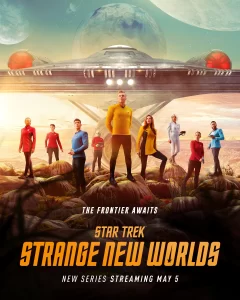
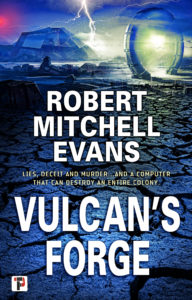
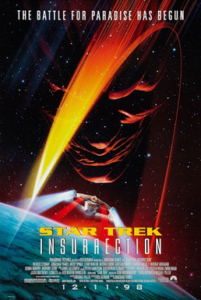

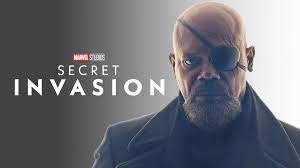 .
.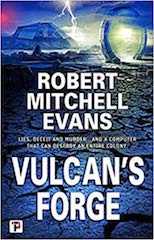
 .
.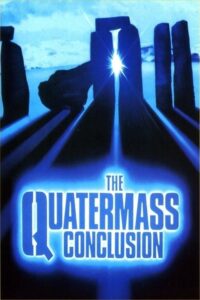 ..
..